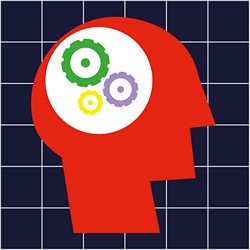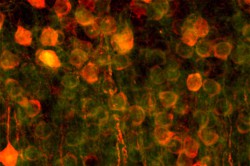Step change in the computational modelling of human cognition
Most computational modelling employs connectionist models that have several drawbacks. Generative models are considered an attractive alternative as plausible models of cortical learning. They also combine traditional connectionism with emerging Bayesian approaches to cognition. With this in mind, the EU-funded GENMOD (Generative models of human cognition) project set out to exploit recent developments in neural network and machine learning research in order to develop generative connectionist models of cognition. To achieve its aims, GENMOD applied these models to three distinct cognitive fields: numerical cognition, spatial cognition and written language processing. Specifically, project partners devised connectionist models for all three domains that were first qualitatively and quantitatively assessed. The levels of empirical data ranged from behavioural (reaction times and errors) to neuronal (single-cell responses). Overall, findings show that generative models provide an optimal match for both psychological and neurophysiological data. For example, the GENMOD team successfully demonstrated that a visual number sense such as numerosity perception can naturally arise in a deep network that independently learned to efficiently encode images of object sets. The developed models account for conventional human psychophysical data and the activity pattern of number neurons in the posterior parietal cortex of the primate brain. In addition, the models help to explain changes in numerosity perception ability or number acuity, from infancy to adulthood. By bridging the gap between connectionist models and structured Bayesian models of cognition, the GENMOD approach is a leap forward for the computational modelling of human cognition.







